
Getty Images; Rebecca Zisser/BI
I look like I’m about 28. Or maybe 38.
That’s according to Harvard’s “FaceAge” algorithm, which uses photos to determine a person’s supposed biological age — meant as a quick proxy for wellness.
This app is one of several new efforts to turn selfies into diagnostic tools.
There’s one for diagnosing nasal congestion, another for seasonal allergies, and a few safe driving apps that watch your face for signs of drowsiness. Some face scanners measure pain, illness, or signs of autism. One aims to track PTSD in kids to spare them from having to talk about traumatic issues over and over again.
Since 2022, facial recognition for the clinic has blossomed, alongside rapid advancements in artificial intelligence and chipmaking. This year, new face technologies promising to diagnose diseases earlier, treat patients better, and ostensibly predict early death are taking off.
“It’s a medical biomarker, not just a gimmick,” said FaceAge creator and radiologist Dr. Raymond Mak, who’s leading the team at Harvard Medical School developing facial recognition technology that Business Insider recently tested.
Ethics experts worry about what we’re barreling into, without better understanding exactly what this tech is measuring, or why.
“AI is entering these spaces fast,” Malihe Alikhani, an assistant professor of machine learning at Northeastern University, told Business Insider. “It’s about making sure that it is safe and beneficial.”
Your face is a reflection of your health
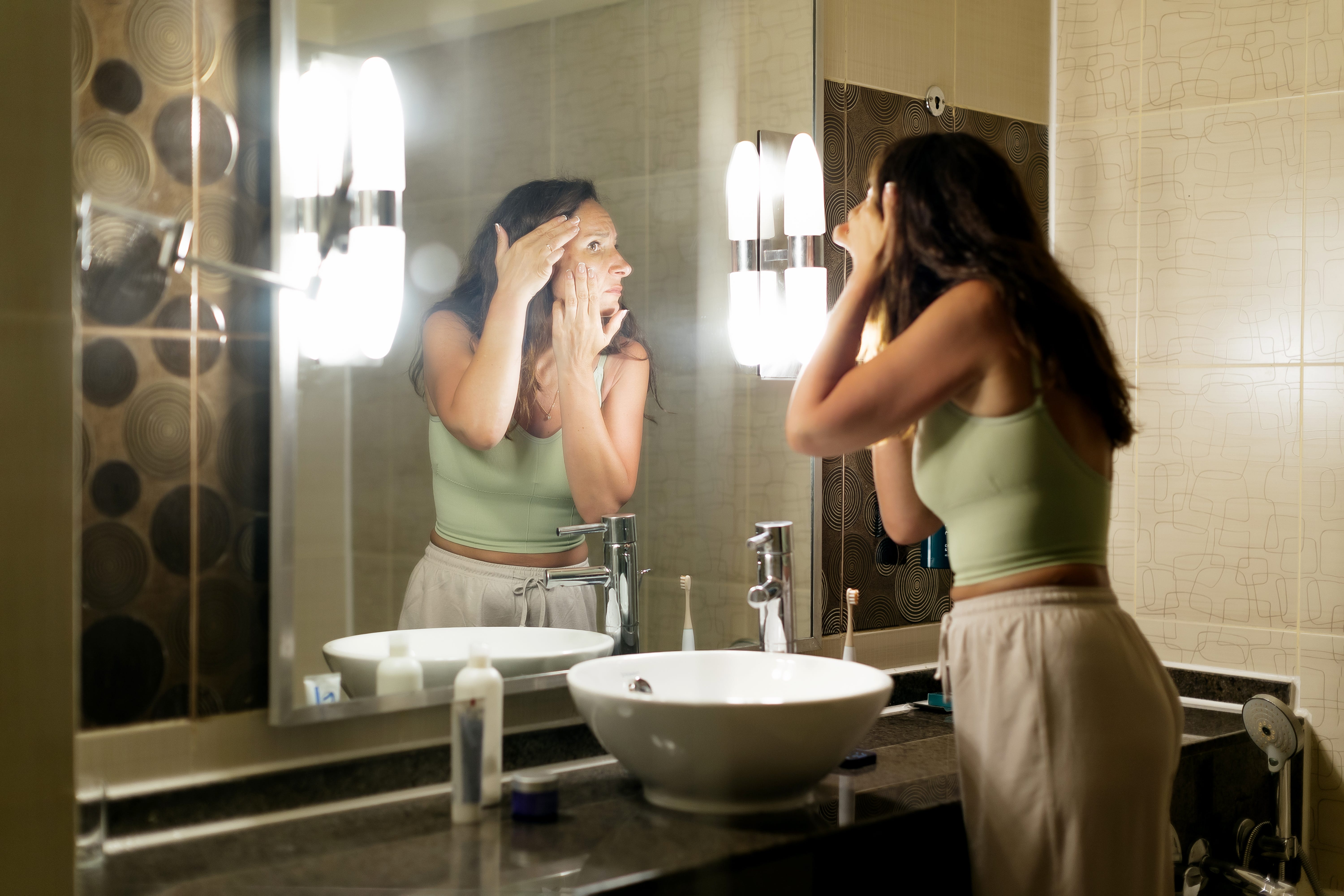
Anastasiia Havrysh/Getty Images
Our faces say a lot about our physical, mental, and biological health. While this is new territory for computers, humans have read faces to make quick judgments for thousands of years.
Research suggests we developed a third type of cone in our eyeballs about 30 million years ago, specifically to scan each other’s faces for signs of health or sickness. That cone allows us to read faces in shades of red and green.
“People look at rosy cheeks and they see that as a sign of health. When we want to draw a face that’s sick, we’d make it green,” Professor Brad Duchaine, a neuroscientist who studies facial perception at Dartmouth, told Business Insider.
It’s true: A flush can indicate good blood flow, or high levels of carotenoids in the skin from fruits and veggies we eat.
Dr. Bahman Guyuron, a plastic surgeon in Cleveland, studied identical twins with different lifestyles to see how factors like smoking and stress impact their faces.
Consistently, the twin with more stress and more toxins in their bodies looked several years older. Sagging skin and wrinkles can reflect poorer internal health, with lower collagen production and higher levels of stress hormones.
Conversely, studies show that superaging centenarians — whose organs and cells are working unbelievably efficiently — look, on average, about 27 years younger than they are.
I tried a face scanning app

Hilary Brueck / Business Insider
One of the first medical applications of face-reading tech was Face2Gene, an app first released in 2014 that helps doctors diagnose genetic conditions. Studies suggest Face2Gene is better than human doctors at extracting information from a person’s face and then linking those features to a specific genetic issue.
The Australian app PainChek has tracked the pain of nursing home patients since 2017. It is mostly used for dementia patients who may not be able to verbalize pain. In a recent announcement, the company said it is awaiting FDA approval and could be cleared by September 2025.
I wanted to try one of these apps for myself. Since I write a lot about aging, I decided to try FaceAge, Harvard’s new app that ostensibly measures your biological age. It is not yet available for public use; it is being used as a research tool for now. The ultimate goal, researchers say, would be to use selfies to do better diagnostic work. FaceAge could one day improve cancer treatments by tailoring them to a patient’s unique biology and health status, or maybe even help flag other health issues before they happen.
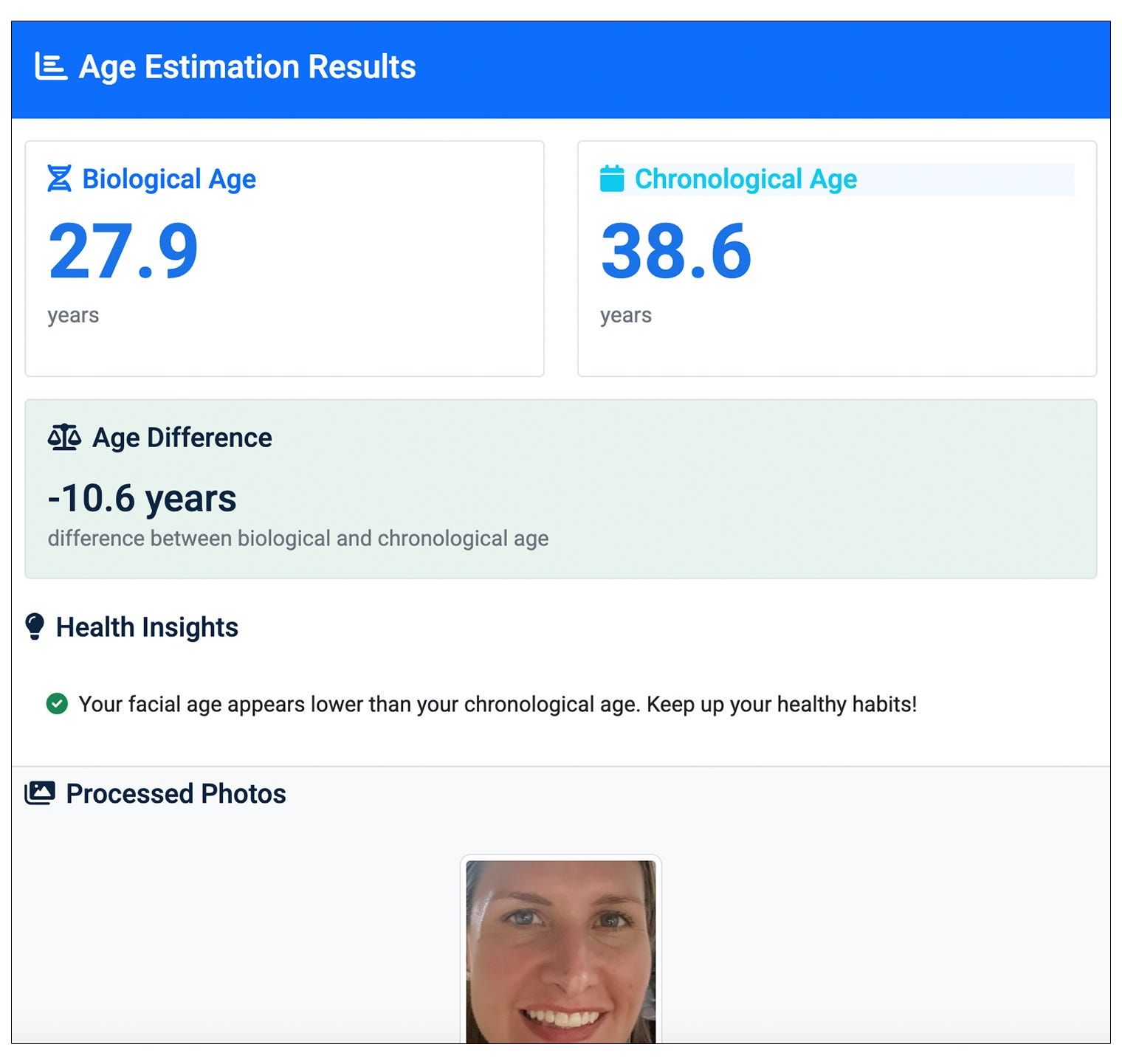
Mass General Brigham
The FaceAge algorithm pays attention to two main areas of the face: the nasal labial folds, from the nose to the lips, and the temples between the eyes and ears.
The idea is to spot premature or accelerated signs of aging that could be a red flag for internal problems. “If your face age is accelerating quicker than your chronological age, it’s a very poor prognostic sign,” Mak, one of the developers behind FaceAge, told Business Insider.
I submitted four photos to the app.
In the darkest, blurriest photo I provided, the app thought I was 27.9 years old — a little more than a decade below my actual age.
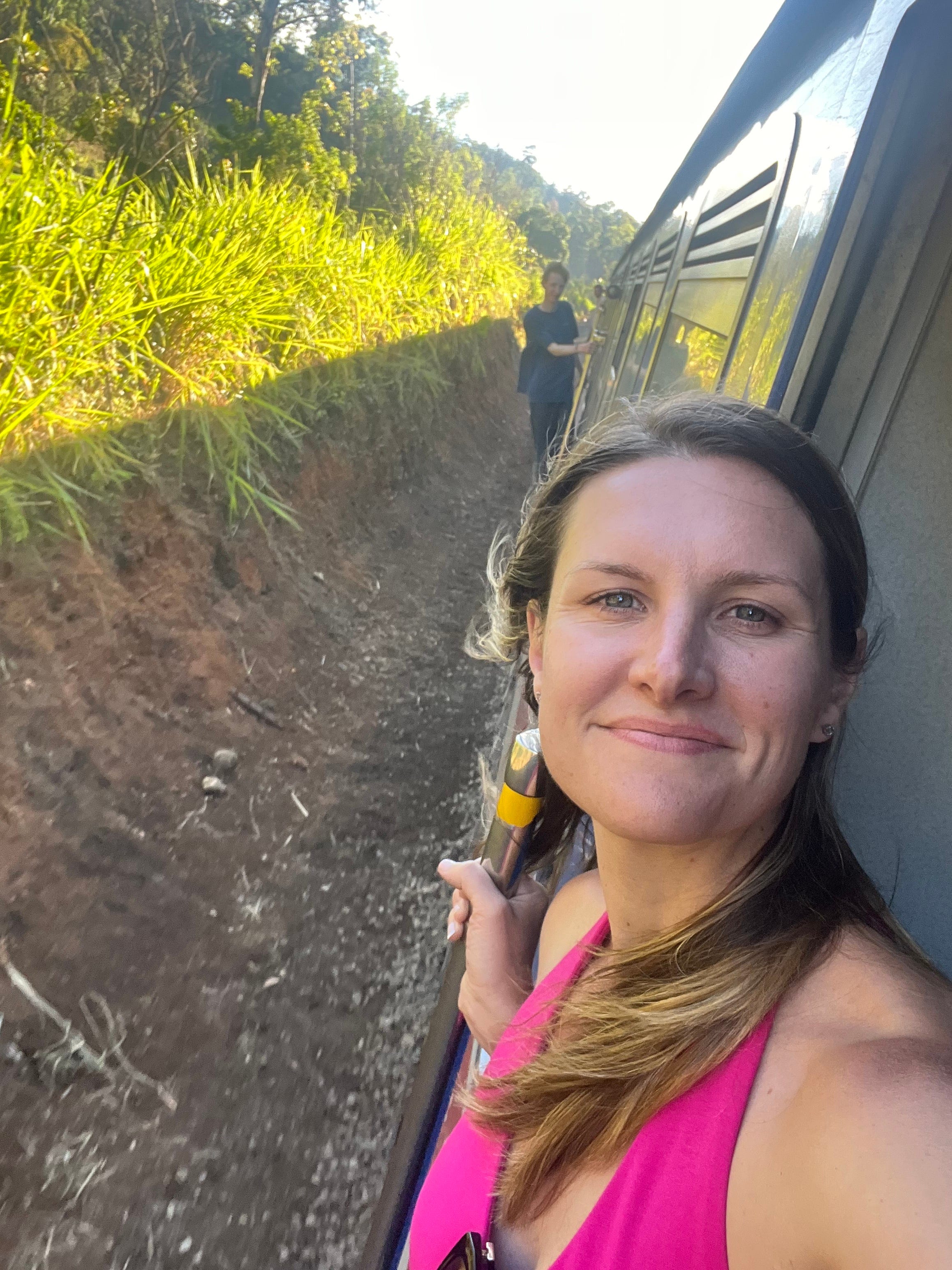
Hilary Brueck / Business Insider
The picture I took with no makeup on, and my face thrust out into the bright mid-day sunshine, gave me the oldest FaceAge, even though all of these pictures were taken within the past year.
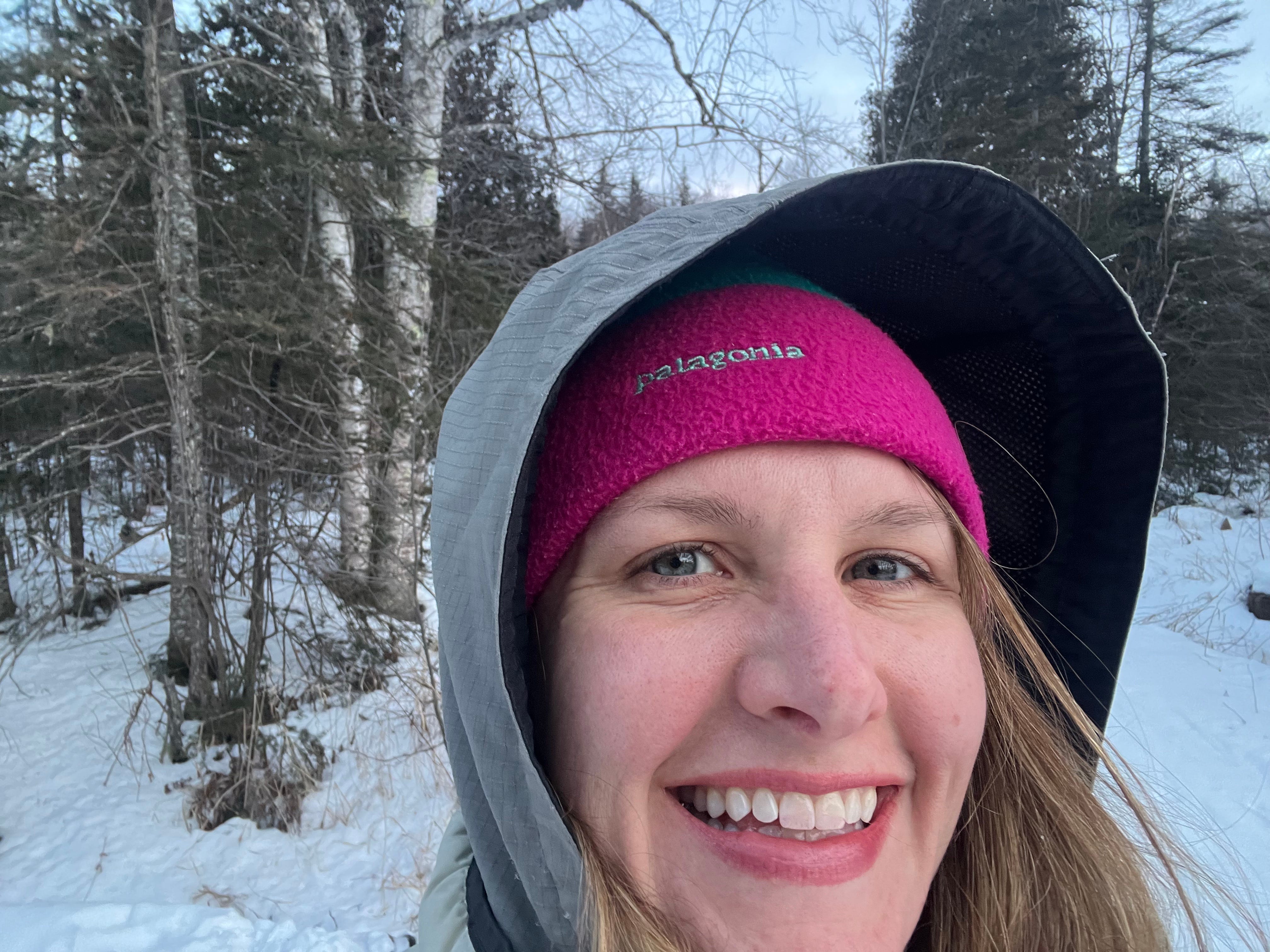
Hilary Brueck / Business Insider
One selfie taken in the dark of winter and another on a cloudy day ended up somewhere in the middle, making me look young-ish.
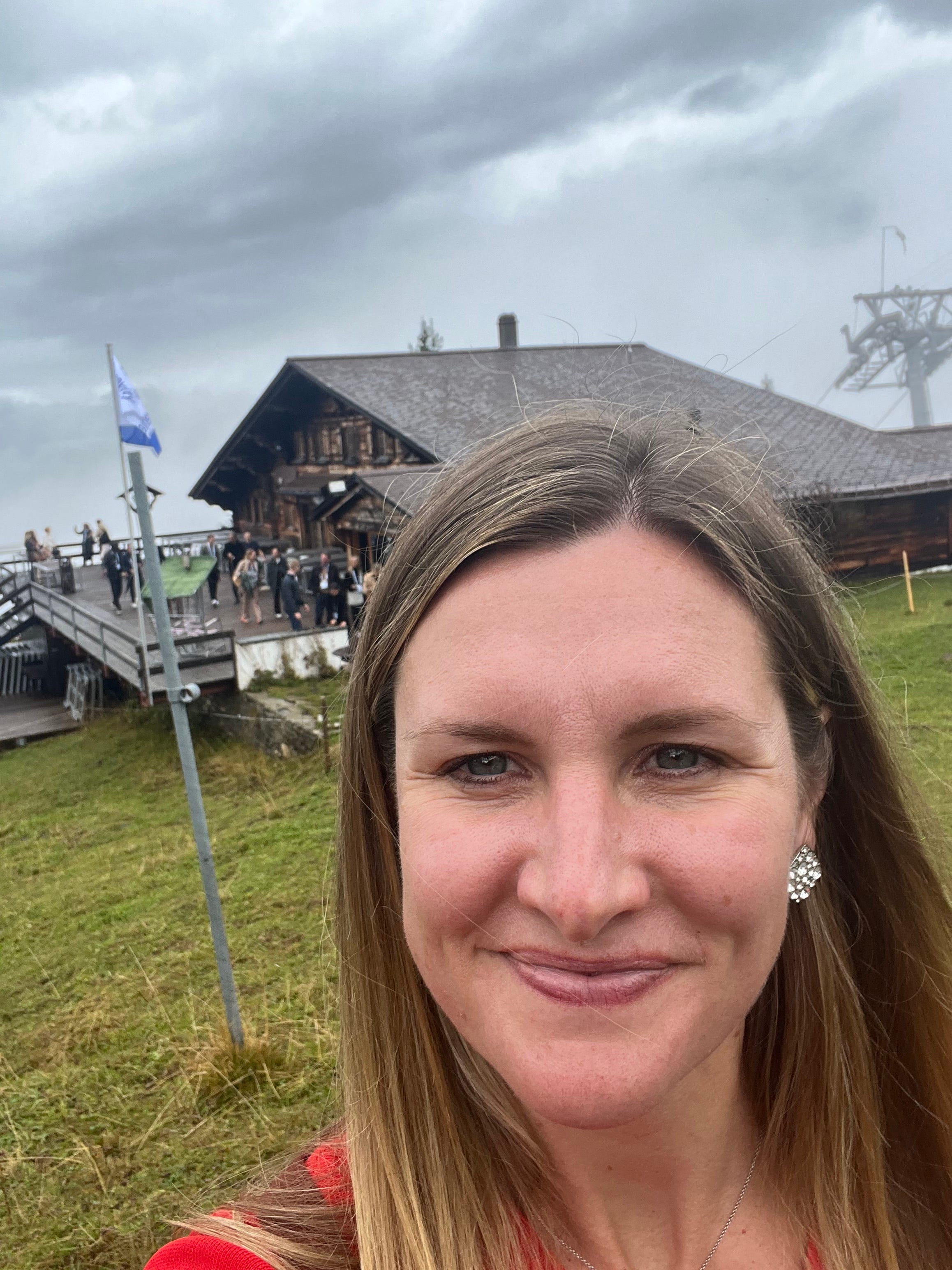
Hilary Brueck / Business Insider
Humans (and face-scanning apps) use the proliferation of lines, sharp edges, and more details to assess someone’s age. That’s why people look younger in blurry photos — or with surgery or makeup to smooth over their wrinkles.
In “a really, really, really blurry photograph of a face, what you’ve done is you’ve stripped out all of the high spatial frequency information,” neuroscientist Bevil Conway, a senior investigator at the National Institutes of Health, told Business Insider.
Direct light, like a ring light, can help mask old age. The midday sun, coming down on my face from above, had the opposite effect.
So, what did I learn from my experiment? FaceAge told me I’m looking great (and young!) and should keep up my healthy habits. Still, its assessments were all over the place. Face Age is confident each time you run it, but that confidence masks the fact that it can’t really tell how well I’m aging over time.
Is my body 10 years younger than me, or just one? While I do eat a relatively healthy diet and exercise regularly, I’m curious how much the differences in lighting affected my results.
The ethics are blurry
Even if it’s something as seemingly innocuous as measuring your age, bringing AI into the doctor’s office is fraught with ethical conundrums.
“We have been through a few years now of companies coming up with these systems, selling them to hospitals, selling them to doctors, selling them to border protection, and then after a while they’re like, ‘oops,'” Alikhani, the AI ethics expert, said.
Readers may remember the uproar over the highly controversial Stanford study that developed “gaydar” AI in 2017. The app purported to spot someone’s sexual orientation. Critics said it was just picking up on social and environmental cues that had nothing to do with sexuality, like makeup, facial hair, and sun exposure.
Another team of researchers from Shanghai Jiao Tong University developed an algorithm that promised to identify criminals and terrorists, or people with law-breaking tendencies.
These efforts feel uncomfortably close to the pseudoscientific practice of physiognomy, a deeply flawed practice that’s been used for centuries to justify racism and bigotry, Alikhani said. Facial expression is highly context-dependent, varying not only based on a person’s gender and culture, but also by the individual and the moment, she said.
“Better healthcare involves patients more in the decision-making,” Alikhani said. “What are we doing if we’re putting that in the hands of AI?”
Read more from the Transforming Treatments series:
- In an era of quiet glow-ups, no-prep veneers are the new ‘it’ cosmetic procedure
- Colonoscopies are no fun. These at-home colon cancer screenings offer a shortcut.
- Skin tightening is getting more advanced — and less painful. Here are the new techniques replacing facelifts.
The post The app will see you now: New AI scans faces to predict diseases, disorders, and early death appeared first on Business Insider.




